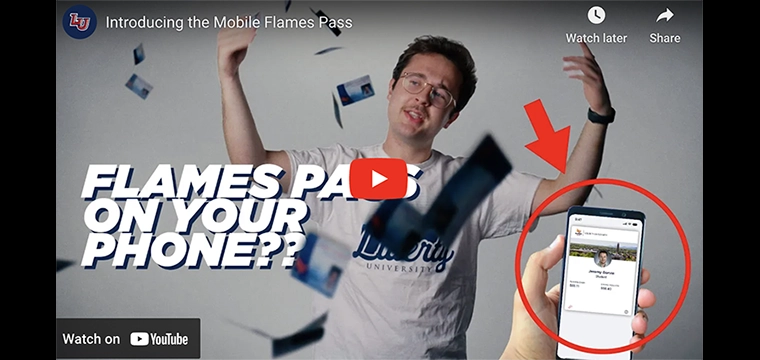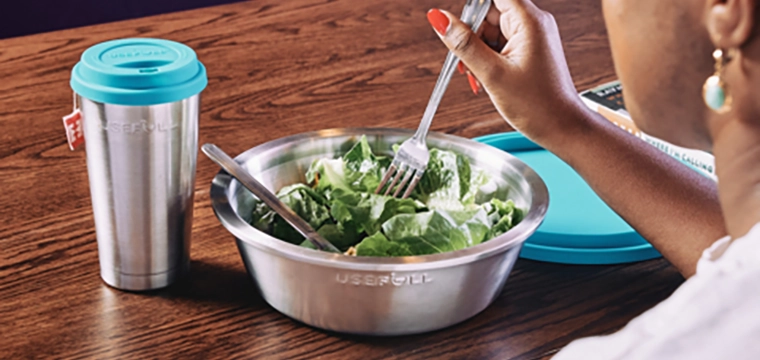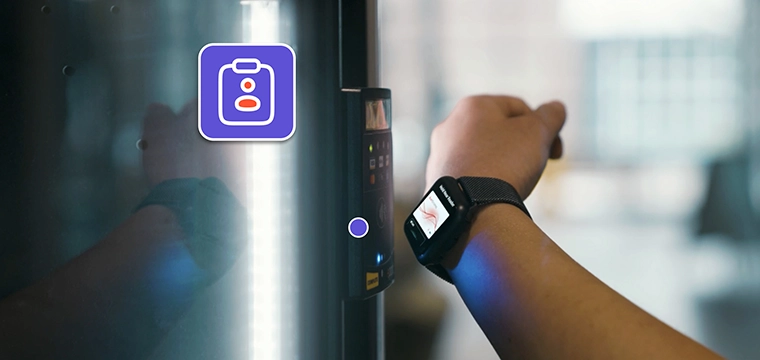After the 9/11 terrorist attacks there were many claims about facial recognition biometrics. Some vendors claimed that if the technology had been deployed at airports, the hijackers could have been caught and the tragedy averted.
This was not one of the higher points for the technology as a number of factors show that statement to be false. First the hijackers would have had to have been known, included in the accessed database and the technology would have to work well enough to spot them in a crowd. None of these prerequisites were in place at the time.
Pilot facial recognition programs conducted shortly after 9/11 showed that the technology did not live up to hype. Almost a decade later, however, facial recognition has improved and is now showing viability as a standalone technology. Still, the idea of spotting and identifying an individual in a crowd remains science fiction.
Jonathon Phillips, an electronic engineer at the National Institute of Standards and Technology (NIST), has been working with facial recognition technology since 1993. He has been involved in the various tests NIST has performed on facial systems over the years, including the most recent Multiple Biometric Evaluation 2010. He has witnessed first hand the modality's improvements. "In 2002 the error rate was 20%, in 2006 it came down to about 1% and now it's at a .26% false reject rate," he says.
This significant improvement in accuracy has led to increasing use of the modality. Facial recognition is now being used by agencies around the globe to expedite border crossings, Philips says.
Australia has deployed smart gates that read the photo stored on an electronic passport and compare it to the individual at the gate. If the image and individual match, they can pass through customs more quickly. Other countries are piloting similar use cases for the technology.
3M has deployed systems where facial recognition is used as well, says David Starkie, international business manager at 3M. Lighting and camera quality are primary challenges with facial recognition, and depending on where the kiosks are placed special illumination may be needed. "The ideal is to match the lighting that the image was originally captured in," he says.
While image quality is important with all biometric technologies, it's particularly important with face. Anything other than what someone would typically refer to as a mug shot with proper lighting and controls may lead to a false reject or false match.
The images used in the NIST tests are mug shots: good quality, front facing still images. This is where vendors performed best, Phillips says. But when you take away the high quality images, facial systems start to fall off.
NIST has not tested how the biometric performs outside of these ideal situations. As Phillips explains, "we have not tested facial recognition any time, any place."
This makes the possibility of using facial recognition to spot possible terrorists at sporting events or airports unlikely. Harry Wechsler, a professor of computer science at George Mason University, has been working with facial recognition biometrics for more than 15 years and has published a book on the topic.
Facial recognition still needs to mature before it can be a viable modality due to the issues around lighting and positioning, Wechsler says. "What's being done with still images isn't enough," he says.
Biometric vendors need to work with video and develop systems that still function with incomplete data such as a portion of the face. They also must be able to match someone who may have a beard in one photo but be clean-shaven in another, Weshsler says.
There are opportunities to add behavioral biometrics to facial recognition to improve chances of a match, Weshsler says. "If you take a video and capture the way a person moves the head it gives you more information," he says. "We can use that data to improve performance."
As for low-quality still images, the likelihood of a match is around 65%, Wechsler says. While this may seem low, it's better than a human's ability to recognize individuals, which is at best just 50% accurate.
The best solution for facial recognition when not using high-quality images may be to use it in conjunction with a human operator, Wechsler says. "There are things a machine can do (but) one would have to think about the best mix of machines and humans," he says.
The Multiple Biometric Evaluation 2010 tested facial recognition algorithms from seven vendors and three universities. The tests used nearly 4 million images from three separate sources: a lab dataset, law enforcement and the U.S. Department of State.
Accuracy was measured for three unique situations:
Facial recognition systems typically return a set of possible matches that a human operator then reviews. The most likely match as determined by the system is provided in the first position also known as rank one.
Using the most accurate face recognition algorithm, the chance of identifying the unknown subject at rank one in a database of 1.6 million criminal records is 92%. Obviously, this accuracy rate decreases as the population size increases. In all cases a human adjudication process is necessary to verify that the top-rank hit is indeed the correct individual.
When the most accurate algorithm is used to provide trained examiners with the top 50 ranked candidates, 97% of searches yield the correct identity in a fixed population of 1.6 million subjects. In cases where the top 200 candidates are searched, the correct match is present 97.5% of the time.
Interestingly, it was observed that men are more easily recognized than women and that heavier individuals are more easily recognized than lighter subjects. Also Asian subjects are more easily recognized than Caucasian.
Why systems have had this difficulty is hard to explain. That fact that men were more readily recognized than women could be because women are generally shorter than men. The height of the subject could create non-optimal imaging angles if the camera height is not adjusted.
Test participants:




